793876
9-Mesityl-2,7-dimethyl-10-phenylacridinium tetrafluoroborate
Synonym(s):
9-Mesityl-2,7-dimethyl-10-phenylacridinium tetrafluoroborate
About This Item
Recommended Products
form
solid
Quality Level
reaction suitability
core: acridinium
reagent type: catalyst
reaction type: Photocatalysis
photocatalyst activation
440 nm
SMILES string
CC(C=C1C)=CC(C)=C1C2=C3C(C=CC(C)=C3)=[N+](C4=CC=CC=C4)C5=CC=C(C)C=C52.F[B-](F)(F)F
InChI
1S/C30H28N.BF4/c1-19-11-13-27-25(17-19)30(29-22(4)15-21(3)16-23(29)5)26-18-20(2)12-14-28(26)31(27)24-9-7-6-8-10-24;2-1(3,4)5/h6-18H,1-5H3;/q+1;-1
InChI key
SBPUTXHOHXQDIT-UHFFFAOYSA-N
Related Categories
Application
Signal Word
Warning
Hazard Statements
Precautionary Statements
Hazard Classifications
Eye Irrit. 2 - Skin Irrit. 2 - STOT SE 3
Target Organs
Respiratory system
Storage Class Code
11 - Combustible Solids
WGK
WGK 3
Flash Point(F)
Not applicable
Flash Point(C)
Not applicable
Certificates of Analysis (COA)
Search for Certificates of Analysis (COA) by entering the products Lot/Batch Number. Lot and Batch Numbers can be found on a product’s label following the words ‘Lot’ or ‘Batch’.
Already Own This Product?
Find documentation for the products that you have recently purchased in the Document Library.
Customers Also Viewed
Articles
Markovnikov and anti-Markovnikov alkene reactivity differences are discussed, highlighting challenges and catalytic advancements.
Markovnikov and anti-Markovnikov alkene reactivity differences are discussed, highlighting challenges and catalytic advancements.
Markovnikov and anti-Markovnikov alkene reactivity differences are discussed, highlighting challenges and catalytic advancements.
Markovnikov and anti-Markovnikov alkene reactivity differences are discussed, highlighting challenges and catalytic advancements.
Related Content
The Nicewicz lab is focused on the discovery of new and powerful reaction methodologies that proceed via the intermediacy of highly reactive cation radical species. Included in these transformations are anti-Markovnikov selective additions of amines, alcohols, carboxylic acids, amides and mineral acids to alkenes.
Our team of scientists has experience in all areas of research including Life Science, Material Science, Chemical Synthesis, Chromatography, Analytical and many others.
Contact Technical Service


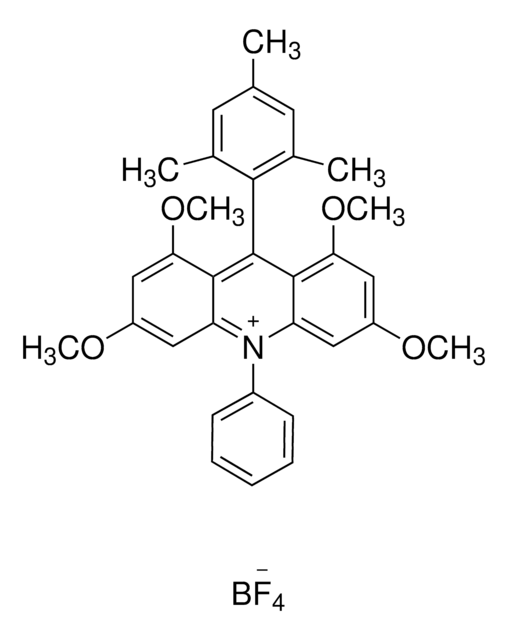
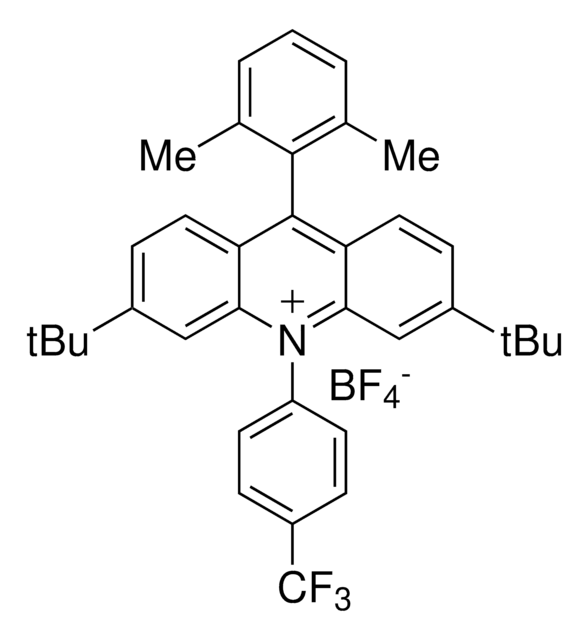

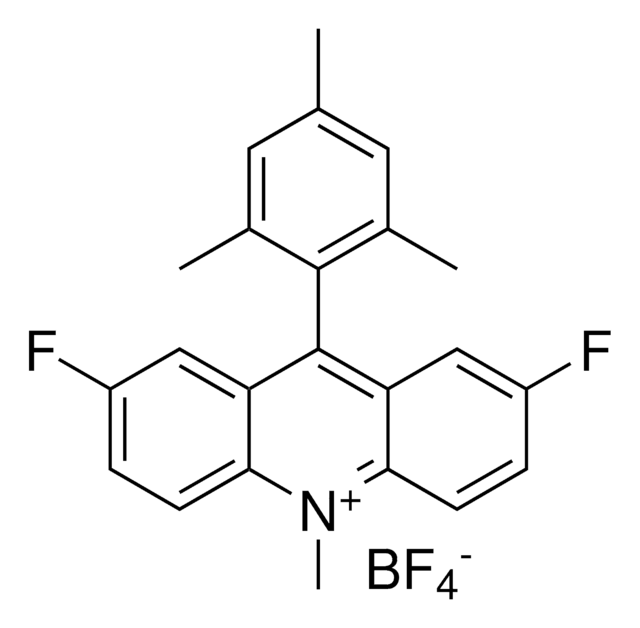
![(Ir[dF(CF3)ppy]2(dtbpy))PF6](/deepweb/assets/sigmaaldrich/product/structures/982/913/02dd8ddd-6deb-40a0-ab9b-07b18f1abb09/640/02dd8ddd-6deb-40a0-ab9b-07b18f1abb09.png)

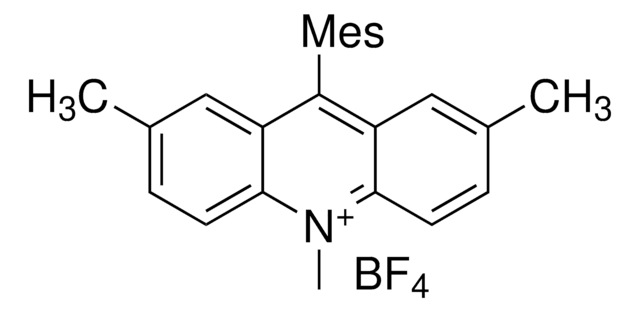

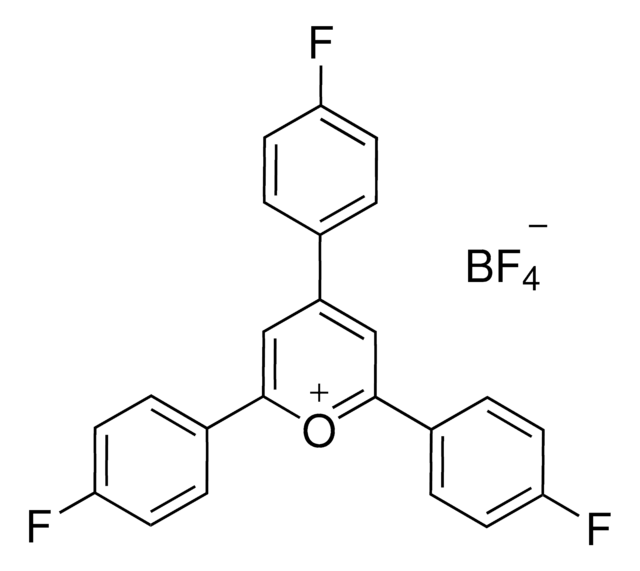

![[Ir{dFCF3ppy}2(bpy)]PF6](/deepweb/assets/sigmaaldrich/product/structures/180/924/79119ac4-7d62-429d-b23d-a14c012c6050/640/79119ac4-7d62-429d-b23d-a14c012c6050.png)
